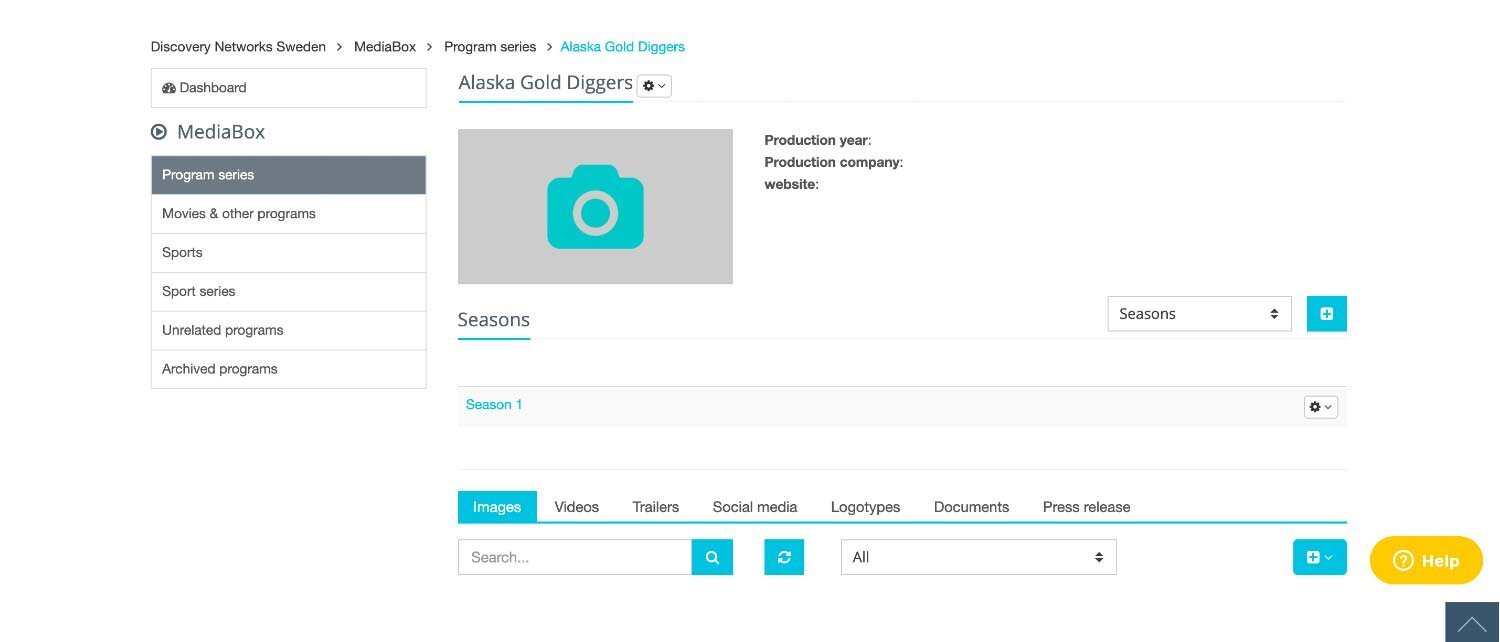What is digital asset management (DAM)? [A guide for the media industry]
Digital asset management (DAM) refers to one central system where organisations can store, organise, share and manage all of their digital assets.
You have probably heard the term digital asset management or DAM, floating around the web or maybe even in conversation lately, making you wonder what it is and if you need it?
Well, look no further. If you operate in the media industry, then this is your go-to guide to understanding DAM and deciding if digital asset management is something that your organisation needs for its marketing assets.
What are digital assets?
Let’s start with the basics. What are we referring to when we talk about digital assets in the media industry?
If your company operates in the media industry, then the first thing that probably comes to mind is the media assets or rich video and audio files that make up the films, programs, books, or other content you produce. Often confused with DAM, Media Asset Management (MAM) is the type of system used to manage these types of large files.
When we refer to digital assets managed in a DAM system, we are referring to images, videos, trailers, social media assets, logotypes, documents, press releases, metadata, audio files, cover images, author images, and any other type of digital files that you may be using for your marketing efforts.
And when it comes to marketing films, tv shows and books, we all know that there is a lot to keep track of.
Why is digital asset management important?
In today’s highly competitive environment, digital asset creation and distribution to different stakeholders and channels has increased substantially, making it even harder to keep track of correct file versions across your organisation.
According to a study by Fotoware in October 2020, among marketers and enterprises, the ability to manage and organise digital assets is among the biggest challenges marcomms teams face. In addition, the study also found that without strong metadata governance, many assets are hard to find and remain unused, since they are often stored across several different locations.
This is where the benefits of having a digital asset management (DAM) system come in. DAM systems help teams work faster and smarter by allowing them to store, organise, access and distribute their digital assets in one central location.
Not only does this improve workflows, but it also ensures better brand consistency since your social media, sales, or press teams can access or recirculate the right content (images, social media clips, trailers, etc.) in the right format.
In addition, in the media industry, it is even more important that creative assets, especially the metadata, being shared are consistent because that is key to making your programs discoverable.
15 benefits of a Clipsource DAM system
Take your marketing assets and data spread out over various internal systems and centralise them in one place
Organise assets down to episode level
Automate the collection of text, images, video, audio and metadata
Apply preset rules to ensure no data is missing
Access or recirculate the right content (images, social media clips, trailers, etc.) in the right format
Manage and translate your metadata to meet local demands
Get better security of important media assets (ex. screeners, press releases, audio files, etc.)
Administrate user permissions and access levels
Automatically extract image EXIF, IPTC, and copyright data
Edit images easily with image editing tools
Maintain a clear overview of all your programs with an archive feature
Get video subtitle support
Control publishing and distribution to various platforms
User-friendly interface to manually update and add content
Create better internal workflows and collaboration
Who uses digital asset management?
In the media and entertainment industry, it is extremely important that your digital assets are organised and accessible, not just for your internal team, but also for external stakeholders.
Unlike other industries, media companies have to distribute a wide variety of assets for various programs to journalists, streaming sites, promotors, discover sites, etc.
Due to this, DAM systems are often utilised by many departments and users, both within and outside your organisation.
Internal Users
Within your organisation, these are the typical users who would typically access and utilise a DAM system.
Marketing / Press
Marketing and press teams often use a DAM system on a daily basis in order to create and access marketing materials and press releases for both internal and external distribution.
Sales / Partnerships
Team members working in sales and partnerships often need access to up-to-date information or materials from a DAM to use in presentations and pitches or to distribute to partners.
IT
IT teams play an integral role when it comes to implementing a new DAM system and ensuring that it integrates with their internal systems as well as third-party systems. In addition, when it comes to the media industry specifically, IT professionals ensure that metadata is stored properly and that all assets are being archived with the correct information.
External Users
Outside of your organisation, these are the typical users who would typically utilise your DAM system.
Journalists
In order to report on new content, journalists need access to image files, trailers, press releases, etc. With a DAM you can easily allow access to these materials, making it easier for journalists to do their jobs.
Partners
Make it easy for partners to do collaborations with you by giving them access to logotypes, images and other branded content that they can use in campaigns and other important materials.
Aggregators
Aggregators will find a way to collect and distribute information on your programs, despite if it is correct or not. Having a DAM ensures that they can either access the information they require with access permissions or through a controlled API feed.
What makes a good DAM?
There are a variety of options on the market today when it comes to digital asset management. When it comes to the media industry, here are the 3 things you should look for in a DAM solution.
1. User-friendly
In order to get the most out of your DAM investment, you want to ensure that the system is easy to use across the organisation. Having a lot of advanced features can seem great, but not if no one can figure out how to use them.
2. Control / Security
In the media industry, having control and security over your content is vital. Before you invest in a DAM system, make sure you have user access control, permissions on the asset level and good security when it comes to sharing your digital assets.
3. Automation / Integrations
When dealing with so much material, having an automated system that can integrate with your internal systems and 3rd parties is crucial. You need to make sure that you cannot only feed information into your DAM system but that that information is correct. The same goes when it comes to distribution.
Are you looking for a digital asset management solution?
If you’re thinking that your organisation might need a DAM solution but are still not sure if it is the right fit, book a demo with Clipsource and have a chat with one of our specialists. They will walk you through what it means to have all of your assets organised from one central point of truth.




